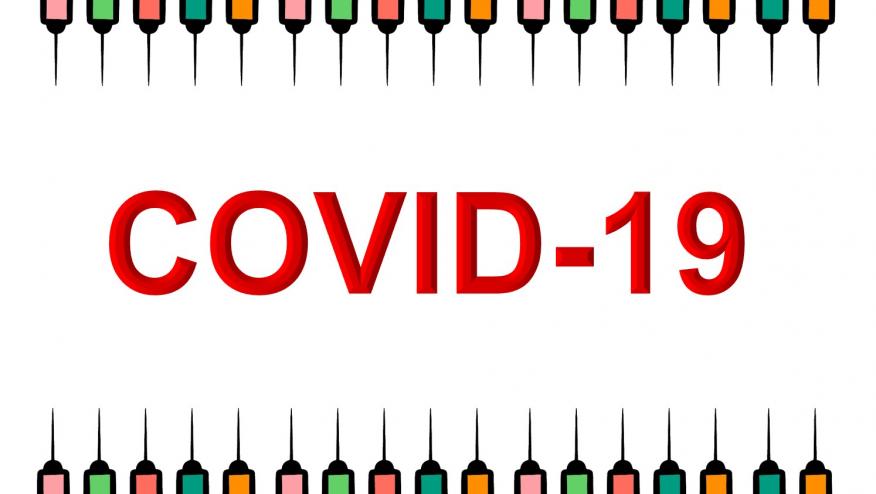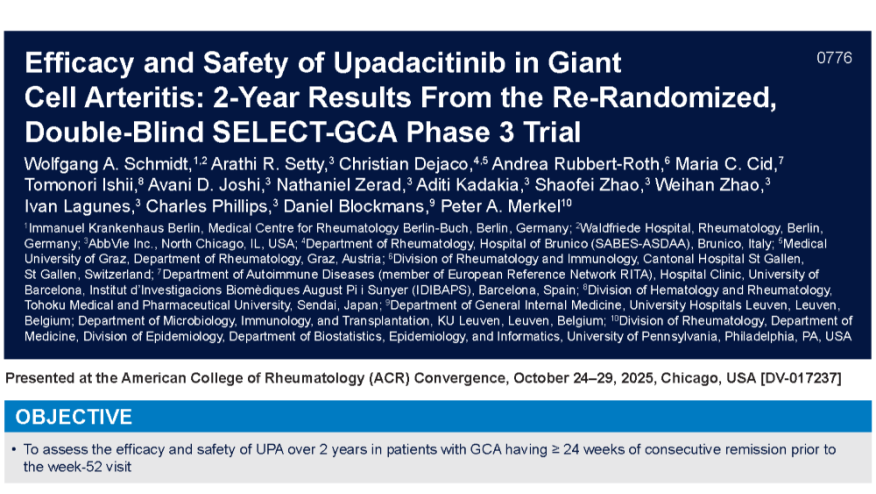Reactogenicity Following mRNA COVID-19 Vaccines Save

JAMA has published the real-world reporting of mRNA vaccine side effects (reactogenicity) gathered from CDC V-safe Surveillance system and shows that local and systemic reactions were often mild and transient and most commonly seen during the first day following their second dose.
Data collected from clinical trials (that led to the FDA Emergency Use Authorization) for the 2 mRNA-based COVID-19 vaccines revealed local and systemic reactions (reactogenicity), that included injection site pain, fatigue, and headache. Moreover, reactogenicity was more common with the second dose of the mRNA COVID vaccines. Data from this study examined reactogenicity of COVID-19 vaccines outside of clinical trial settings.
Reactogenicity was assessed using the V-safe Active Surveillance System, established by the Centers for Disease Control and Prevention (CDC) for collecting near–real-time data from COVID-19 vaccine recipients in the US. V-safe participants voluntarily self-enroll and receive periodic smartphone text messages to initiate web-based health surveys from the day of vaccination (day 0) through 12 months. These solicited reactions do not include reports of allergic reactions or anaphylaxis, which we have previously reported on.
As of February 21, 2021, more than 46 million persons received at least 1 dose of an mRNA-based COVID-19 vaccine and 3.6 milllion persons were enrolled in v-safe and completed at least 1 health survey. Nearly 1.9 million v-safe participants had received a second vaccine dose and completed at least 1 daily health survey.
The most common effects included:
- injection site reaction (dose 1: 70.0%; dose 2: 75.2%)
- systemic reaction (dose 1: 50.0%; dose 2: 69.4%)
The most frequently reported reactions after the first dose of COVID-19 vaccine were:
- injection site pain (67.8%)
- fatigue (30.9%)
- headache (25.9%)
- myalgia (19.4%).
Reactogenicity was substantially greater after the second dose for both vaccines, particularly for systemic reactions, including fatigue (53.9%), headache (46.7%), myalgia (44.0%), chills (31.3%), fever (29.5%), and joint pain (25.6%).
Reactogenicity was somewhat greater for those who received the Moderna vaccine, compared with the Pfizer-BioNTech vaccine, with this being more pronounced after the second dose.
Vaccine recipients over ≥65 years were less likely to have local and systemic reactions compared with those younger than 65 years. Nonetheless, greater reactogenicity after the second dose was observed equally in both age groups.











If you are a health practitioner, you may Login/Register to comment.
Due to the nature of these comment forums, only health practitioners are allowed to comment at this time.